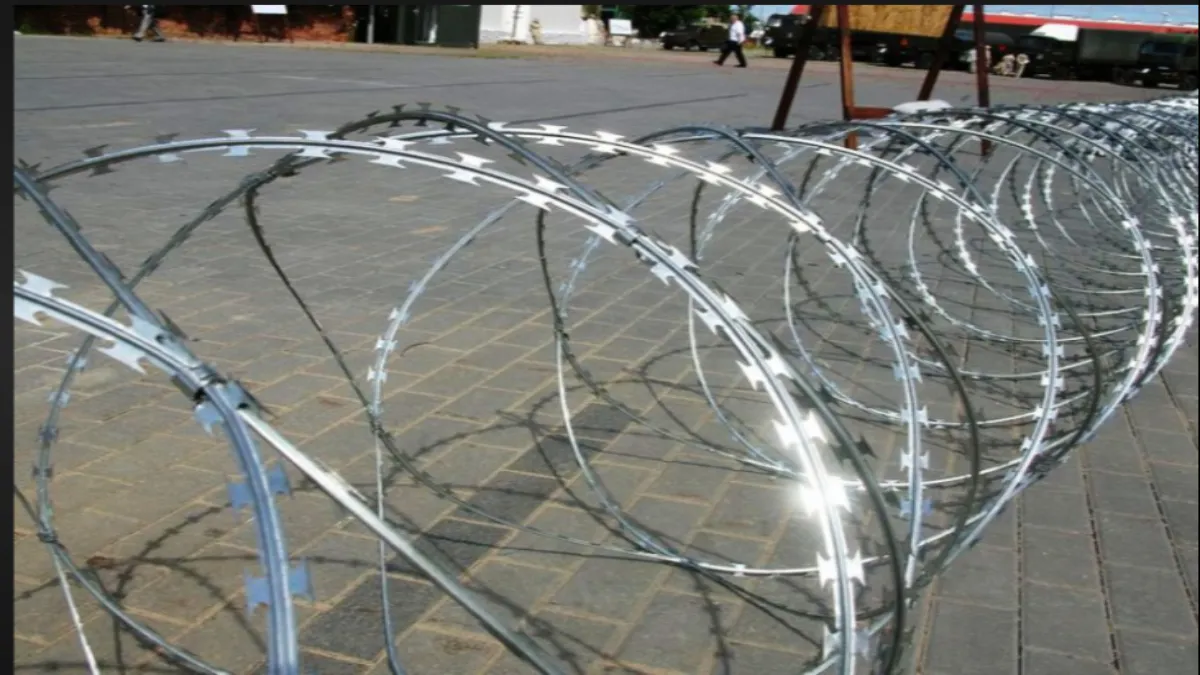
Advertisement
Razor wire, with its menacing appearance and sharp edges, is a formidable deterrent used in various security applications, most prominently along borders and high-security installations. While its purpose and effectiveness have been explored, understanding the materials that make up razor wire is equally crucial. This article delves into the composition of razor wire, shedding light on the materials used and the construction methods employed to create this security feature.
Materials Used:
- Core Wire:
- Razor wire typically starts with a core made of high-tensile steel wire. High-tensile steel is chosen for its strength and durability, ensuring that the wire can withstand external forces and maintain its integrity under various conditions.
- Razor Blades:
- The defining feature of razor wire is, of course, the sharp blades that adorn its structure. These blades are usually made of steel, often galvanized or stainless steel to enhance resistance to corrosion and increase longevity. The blades are shaped to have sharp edges and pointed tips, creating an effective deterrent against potential intruders.
Construction Methods:
- Clipping or Welding:
- Razor wire is created by attaching razor-sharp blades to the core wire through either clipping or welding. In the clipping method, the razor blades are attached to the core wire by clips, forming a helical pattern along the length of the wire. Welding involves securing the blades to the core wire by welding them directly, creating a more secure and tamper-resistant connection.
- Galvanization:
- To enhance the longevity and resilience of razor wire, galvanization is often employed. Galvanization involves coating the steel components with a layer of zinc, which provides protection against corrosion. This is particularly important for razor wire installations exposed to outdoor elements, ensuring they remain effective over an extended period.
- Coiling:
- Razor wire is often coiled for ease of transportation, installation, and storage. Coiling involves winding the razor wire into compact rolls, making it easier to handle during deployment. Coiled razor wire can be quickly installed on fences, walls, or other structures, allowing for efficient border or perimeter fortification.
- Varied Configurations:
- Depending on the intended use and security requirements, razor wire comes in various configurations. Some common types include flat wrap, concertina, and helical. Each configuration is designed to provide specific advantages, such as increased difficulty in cutting or climbing.
Razor wire’s composition and construction are critical elements that contribute to its effectiveness as a security barrier. The combination of high-tensile steel core wire and sharp blades, often galvanized for additional protection, creates a formidable deterrent against unauthorized access. Understanding the materials and construction methods behind razor wire sheds light on its durability, adaptability, and overall suitability for various security applications. As nations continue to grapple with border security challenges, razor wire remains a tangible manifestation of the ongoing efforts to strike a balance between protecting territorial integrity and addressing humanitarian considerations.
